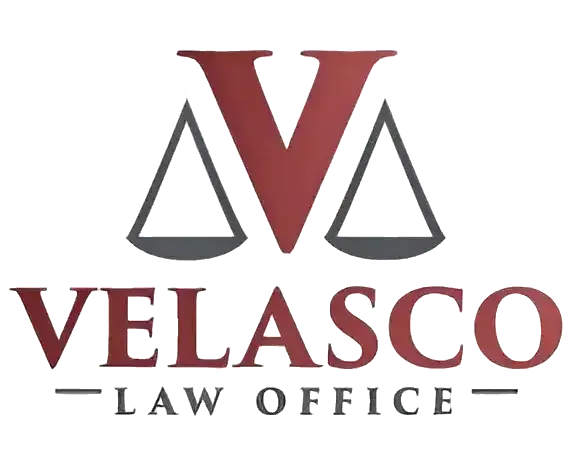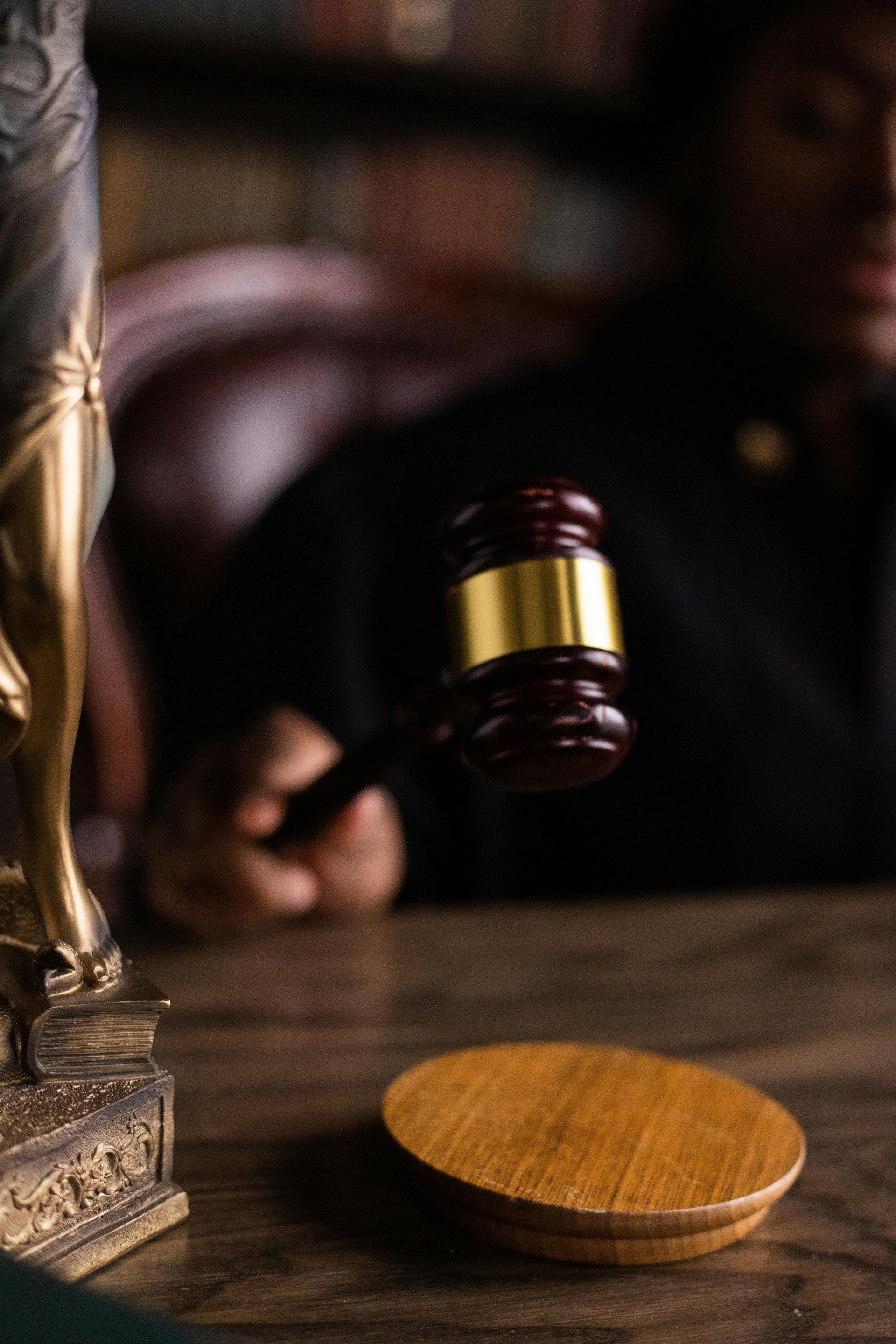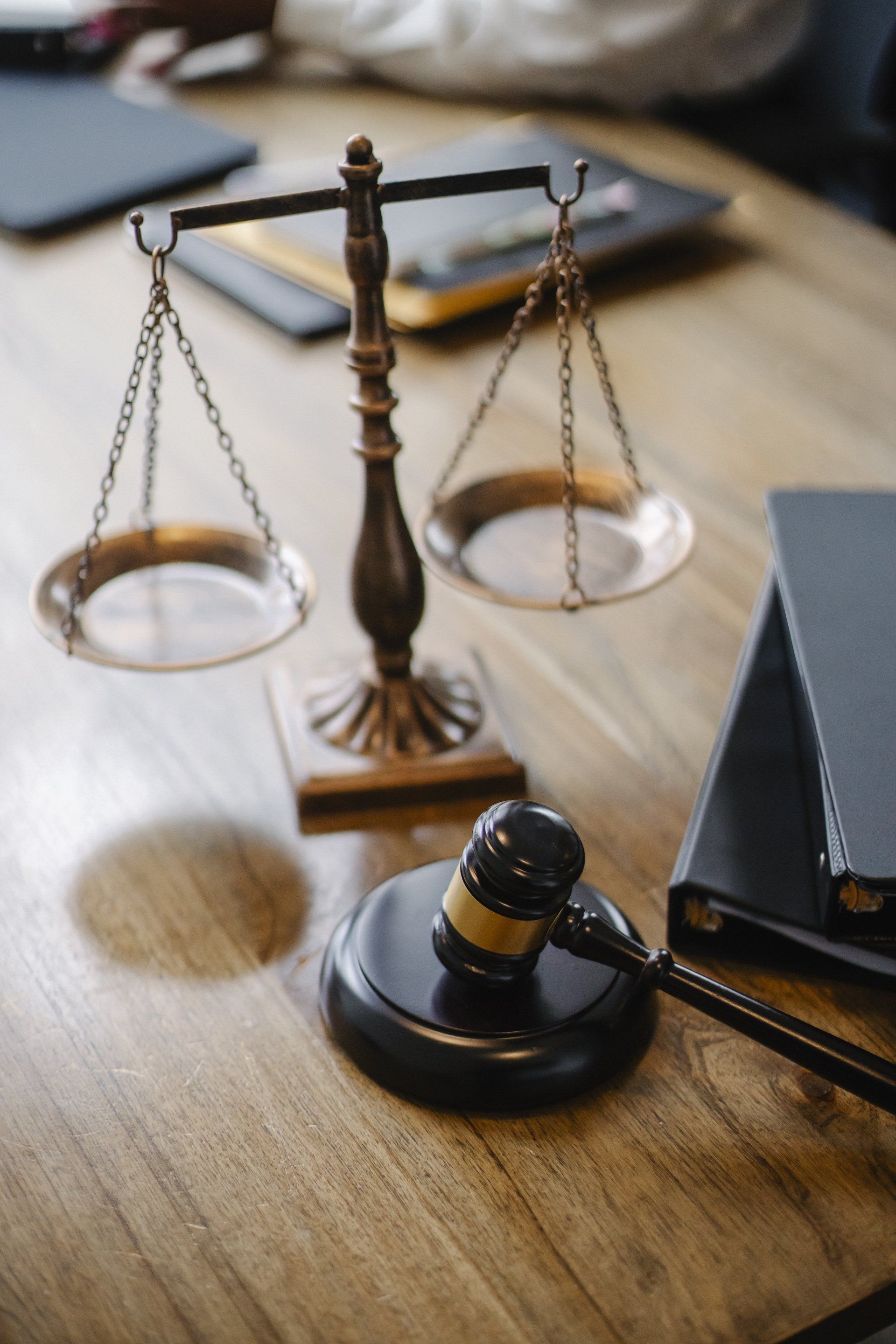Contact Us
Phone: 732-422-5673
Location
Second Floor - Above Santander Bank
1870 Route 27
Suite 202
Edison, NJ 08817
Hours
- Mon - Fri
- -
- Sat - Sun
- Closed
Understanding the Differences Between Chapter 7 and Chapter 13 Bankruptcy
Understanding the Differences Between Chapter 7 And Chapter 13 Bankruptcy
Bankruptcy is a legal process that can provide debtors with a fresh start when financial troubles threaten to overwhelm them. But choosing the right type of bankruptcy can be challenging, particularly when there are different options available. In this blog post, we'll discuss the two most common types of bankruptcy that individuals can file: Chapter 7 and Chapter 13. We'll walk you through the differences between them and give you an idea of what each type can do for you.
Chapter 7 Bankruptcy:
Chapter 7 bankruptcy is often called a "liquidation" bankruptcy because it requires the debtor to give up most of their non-exempt assets to the court-appointed trustee. These assets are then sold to repay creditors. Chapter 7 is only available to individuals who pass the means test, which determines whether you have enough disposable income to repay your debts. If you don't, then you may be eligible to file for Chapter 7. Typically, this means that you have minimal assets and live below the median income level for your family size.
Who Should File For Chapter 7 Bankruptcy?
Chapter 7 bankruptcy is well-suited for individuals with significant unsecured debts, such as medical bills or credit card debt. It's also a good option for those who don't have many assets or much income to protect. Typically, Chapter 7 cases take around 90-100 days to complete, and debts are typically discharged in full.
Chapter 13 Bankruptcy:
Chapter 13 bankruptcy is also called a "reorganization" bankruptcy because it allows debtors to restructure their debts into an affordable repayment plan. Under Chapter 13, the debtor keeps their assets and makes payments to a court-appointed trustee for 3-5 years. At the end of the payment plan, any remaining dischargeable debts are wiped out.
Who Should File For Chapter 13 Bankruptcy?
Chapter 13 is ideal for individuals with regular income who want to keep their assets but are struggling with secured debts, such as car loans or mortgages. It's also a good option for individuals with non-dischargeable debts, such as tax liens or student loans. Chapter 13 offers a way for people to catch up on missed payments.
At Velasco Law Office, We Can Assist The New Jersey Public With Bankruptcy Matters
If you're struggling with debt, bankruptcy may be an option for you. However, it's not a decision to be made lightly. You'll need the guidance of an experienced attorney to help you navigate the complex bankruptcy process. At Velasco Law Office, we understand that every case is unique. We'll work with you to find the best solution for your individual circumstances. Contact us today to schedule a confidential consultation.
In conclusion, there are several key differences between Chapter 7 and Chapter 13 bankruptcy. Chapter 7 is faster, requires the debtor to give up most non-exempt assets, and is only available to those who pass the means test. Chapter 13, on the other hand, allows debtors to keep their assets but requires that they make payments for 3-5 years. Deciding which type of bankruptcy to file can be challenging, but the experienced attorneys at Velasco Law Office are here to help guide you through the process. Whether you're struggling with medical bills, credit card debt, or secured debts like mortgages or car loans, we can help you find the debt relief you need.



Schedule a Case Evaluation
Contact us now!
Homepage FCE Form
We will get back to you as soon as possible.
Please try again later.
Hours
- Mon - Fri
- -
- Sat - Sun
- Closed
Disclaimer: The information on this website is for general information purposes only. Nothing on this site should be taken as legal advice for any individual case or situation. This information is not intended to create, and receipt or viewing does not constitute an attorney-client relationship.
All Rights Reserved | Velasco Law Office | Powered By Convert It Marketing | Privacy Policy
All Rights Reserved | Velasco Law Office | Powered By Convert It Marketing | Privacy Policy








